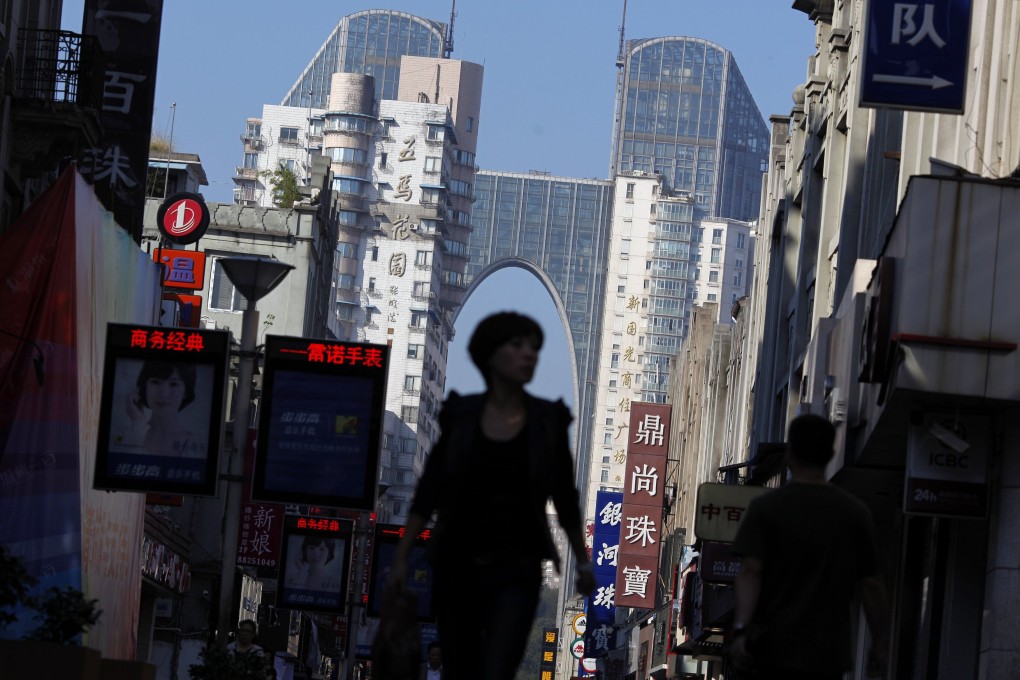Exclusive | China to ‘strike a balance’ between good and bad shadow bankers to halt fall in growth
- Shadow banking refers to financial activities conducted by unregulated lending institutions or off-balance-sheet activities by traditional financial institutions
- Wang Zhaoxing, vice-chairman of the China Banking and Insurance Regulatory Commission, considering ‘benefits the real economy’

China might allow a return of some shadow banking operations as long as their lending “benefits the real economy” and does not support speculation, according to a senior banking regulator.
The move could relieve some, if not most, of the funding squeeze facing smaller private firms but would also be an step back from the government’s deleveraging campaign to reduce debt and risky lending to help stabilise growth.
“We need to have an accurate understanding of shadow banking. For those [institutions] whose financing benefits the real economy and which have good internal risk controls, we may continue to allow them to exist and support them,” Wang Zhaoxing, vice-chairman of the China Banking and Insurance Regulatory Commission told the South China Morning Post on the sidelines of the annual National People’s Congress (NPC) in Beijing on Saturday.
Wang said regulators were trying to distinguish between good and bad shadow banking operations, and would tighten oversight of “unhealthy shadow banks” whose lending “doesn’t enter the real economy but only results in adding leverage”.

“We have to strike a balance between risk control and support for the real economy,” Wang said. “We have requested that commercial banks enhance their risk controls, and to offer loans to healthy private firms as well as small and micro businesses that are in real need of the loans.
